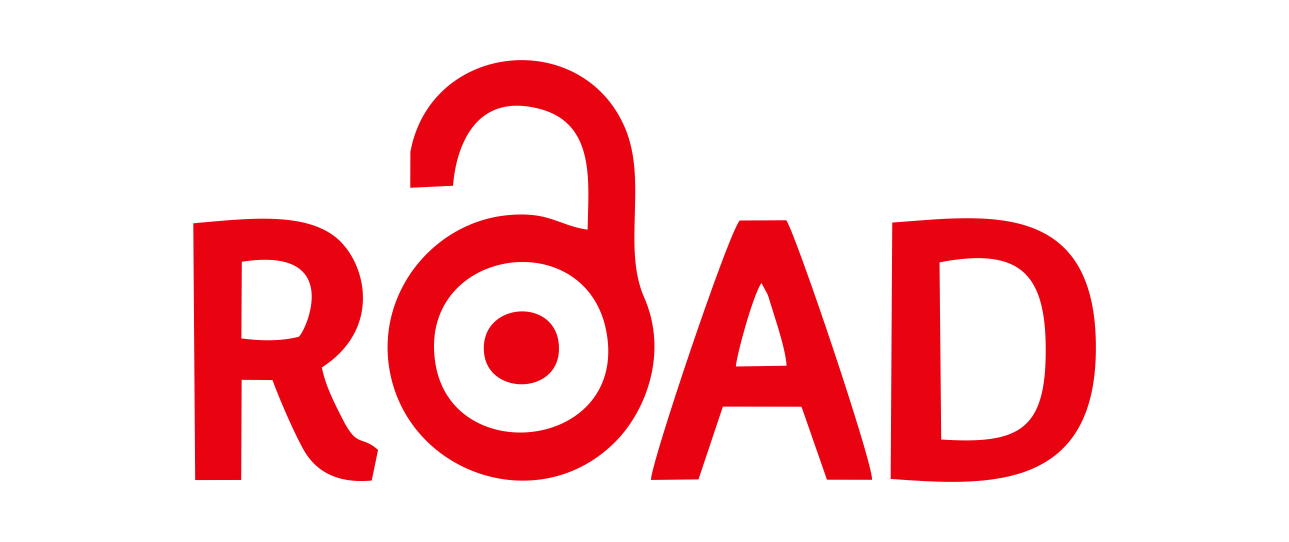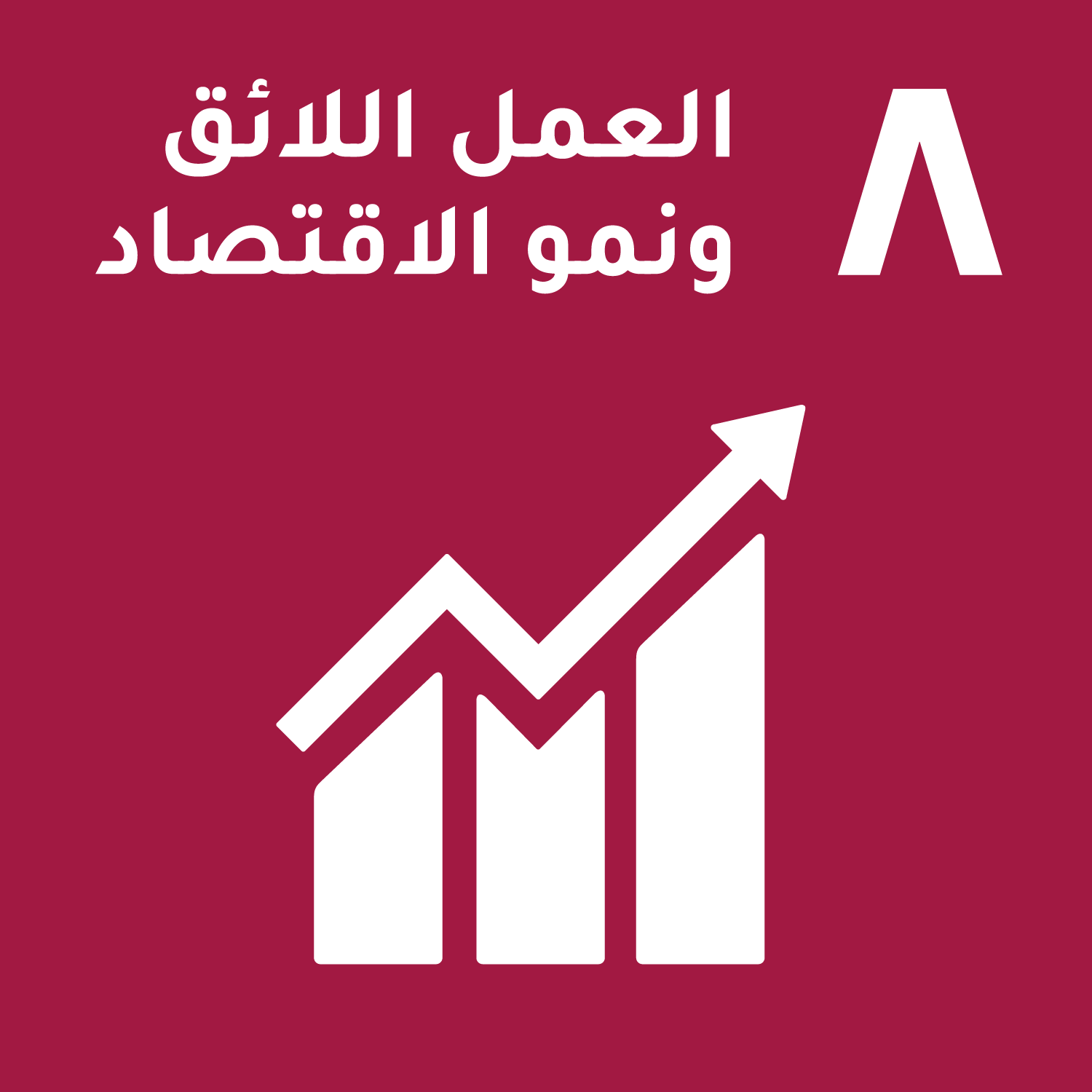قياس فاعلية أدوات السياسة المالية في تمويل عجز الموازنات العامة لبلدان متقدمة مختارة للمدة (2002-2019)
DOI:
https://doi.org/10.56967/ejfb2022176الكلمات المفتاحية:
السياسة الضريبية، السياسة الاقتراضية، عجز الموازنة العامة، السياسة الانفاقية، انموذج الانحدار الذاتي للفجوات الزمنية الموزعة لبيانات البانل الديناميكيالملخص
يهدف البحث إلى تحليل مضمون العلاقة النظرية بين السياسة المالية وعجز الموازنة العامة من خلال تحديد مفهوم وأنواع وأدوات السياسة المالية من ناحية، ومفهوم وأنواع عجز الموازنة العامة وأساليب تمويله من ناحية ثانية فضلاً عن بناء أنموذج قياسي لدراسة وتحليل فاعلية هذه الأدوات في تمويل عجز الموازنات العامة لبلدان متقدمة مختارة خلال المدة (2002-2019)، ومن خلال استخدام أدوات القياس الاقتصادي الحديث ضمن برمجية (Stata 14.2 & EViews 12) وباستخدام أسلوب جمع البيانات (Panel Data) تم أجراء اختبار (CD-Test) للمقاطع العرضية كخطوه أولية لتحديد الاختبارات التي سيتم اللجوء إليها لمعرفة سكون المتغيرات وهل هي تقع ضمن اختبارات الجيل الأول أم الثاني، وبعد التأكد من عدم وجود اعتمادية بين المقاطع العرضية تم استخدام اختبار لفن لن وشو (LLC)، إذ اظهرت نتائجه أن بعض المتغيرات تمتلك جذر وحدة، أي إن بعض المتغيرات ساكنة في المستوى والبعض الآخر ساكن في الفرق الأول وعليه فأن ذلك سيقودنا إلى تضمين هذه المتغيرات في الأنموذج، وسيكون لدينا أنموذج ديناميكي، وفي هذه الحالة فإننا سنتعامل مع أنماذج الإبطاء الزمني وخير مثال على ذلك هو أنموذج الانحدار الذاتي للفجوات الزمنية الموزعة لبيانات البانل الديناميكي (Dynamic Panel ARDL) وبمقدراته الثلاثة وهي مقدر وسط المجموعة (MGE) ومقدر وسط المجموعة المدمجة (PMGE) ومقدر التأثيرات الثابتة الديناميكية (DFEE)، وقد تم استخدام اختبار هوسمان (Husman Test) من أجل المفاضلة بين المقدرات الثلاثة؛ إذ أظهر الاختبار أن مقدر وسط المجموعة المدمجة (PMGE) هو الأفضل.
التنزيلات
التنزيلات
منشور
كيفية الاقتباس
إصدار
القسم
الرخصة
الحقوق الفكرية (c) 2022 احمد البجاري، هاشم العركَوب

هذا العمل مرخص بموجب Creative Commons Attribution 4.0 International License.
هذه هي مقالة منشورة بنمط الوصول الحر وموزعة تحت شروط ترخيص المشاع الابداعي نسب المصنف (CC BY) 4.0 دولي التي تسمح بالاستخدام غير المقيد، التوزيع، واعادة الانتاج في أي وسيط أو صيغة، والتحوير أو البناء على المادة، بما في ذلك للأغراض التجارية، شريطة أن يتم نسب العمل للمؤلف الأصلي.










